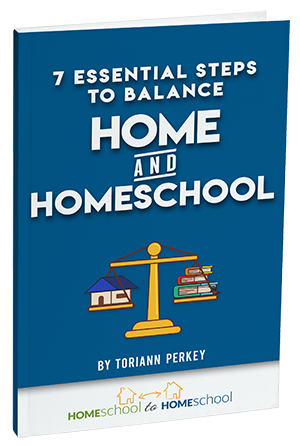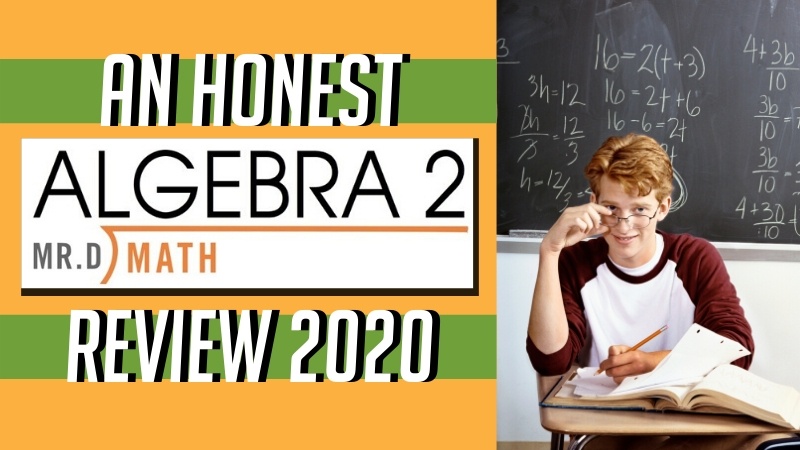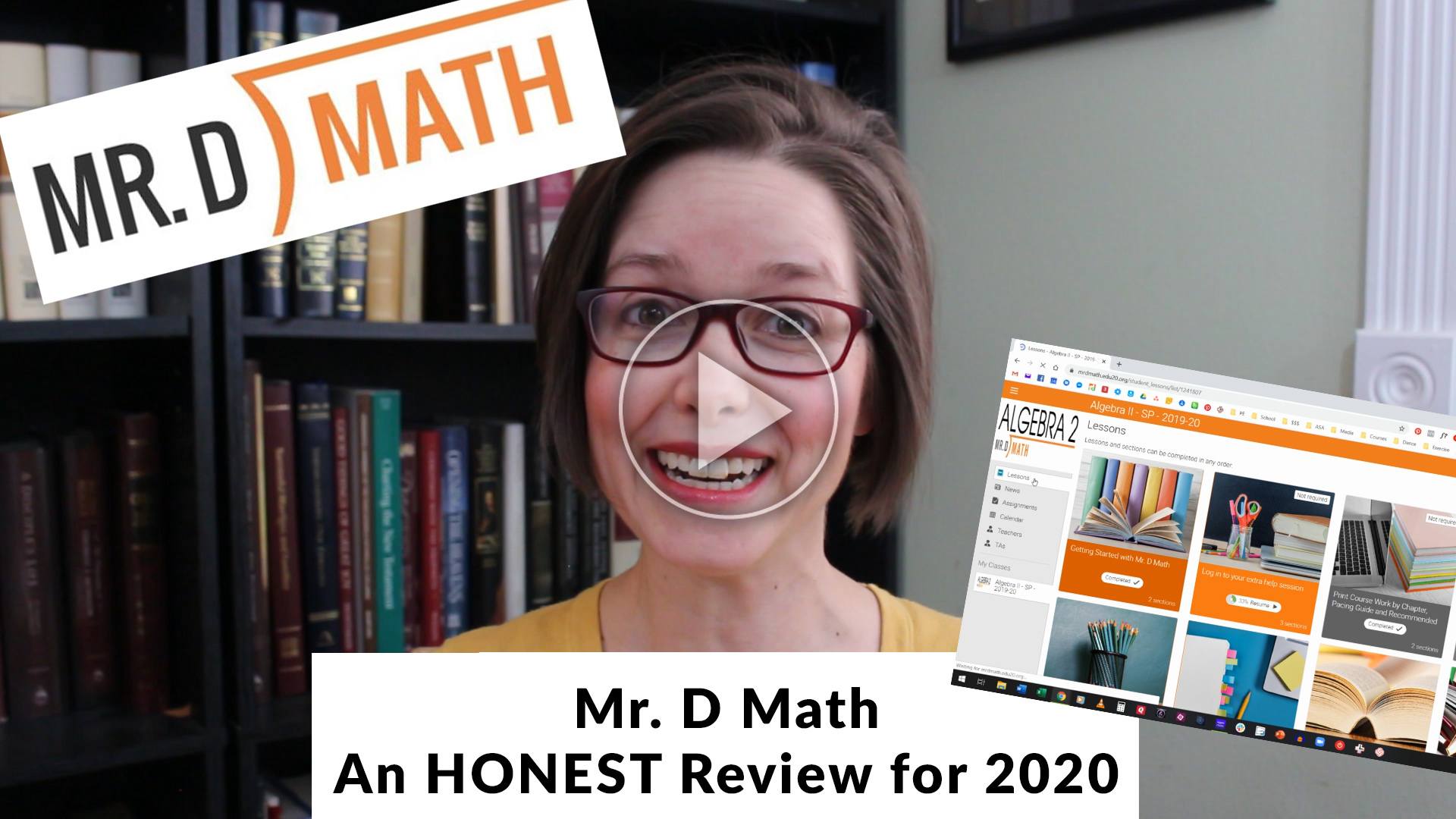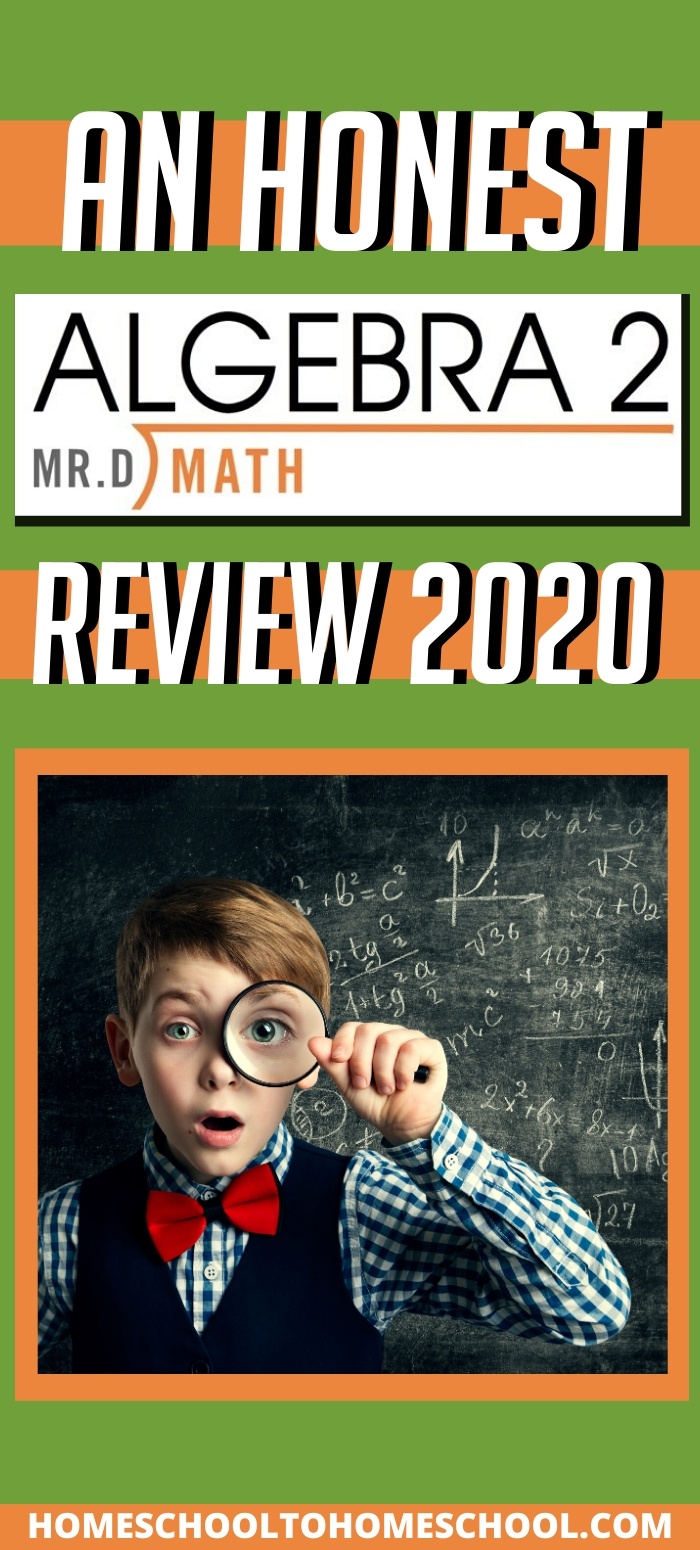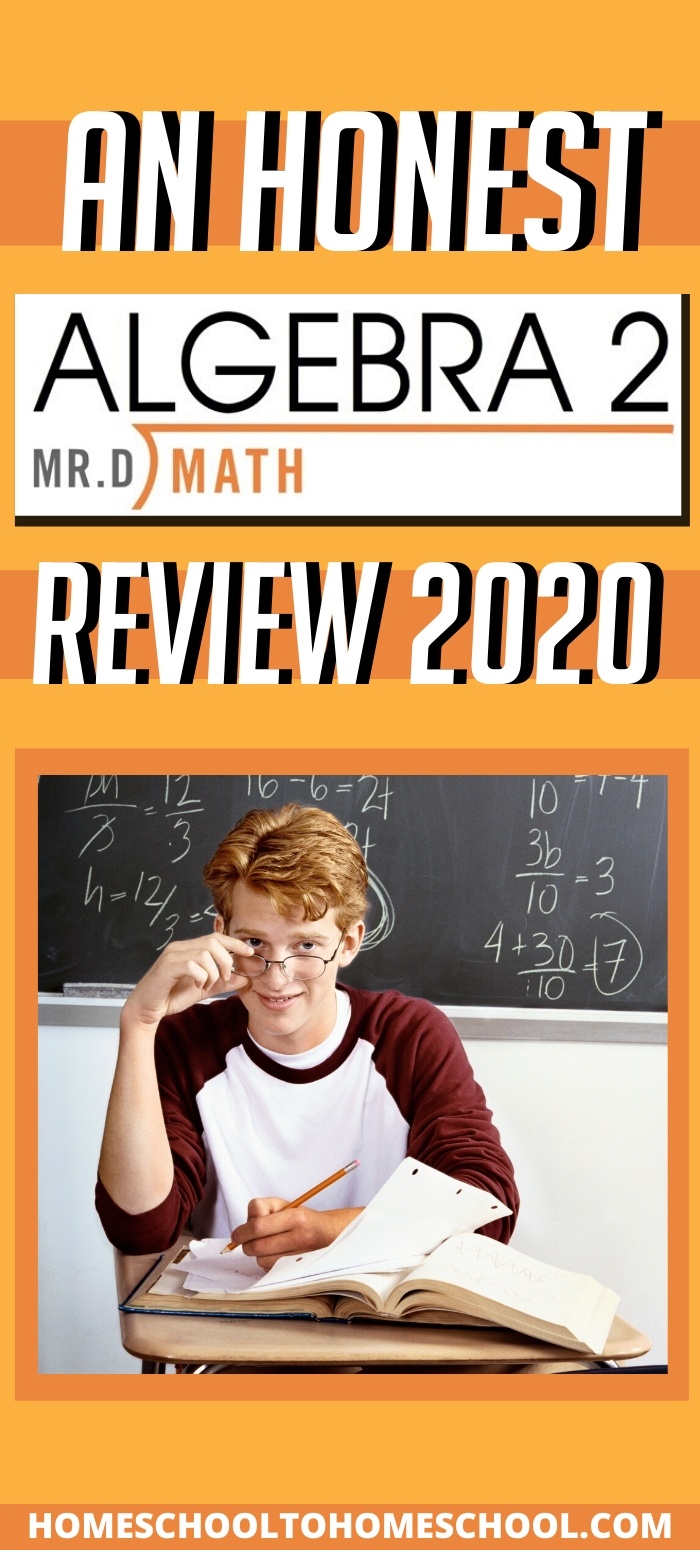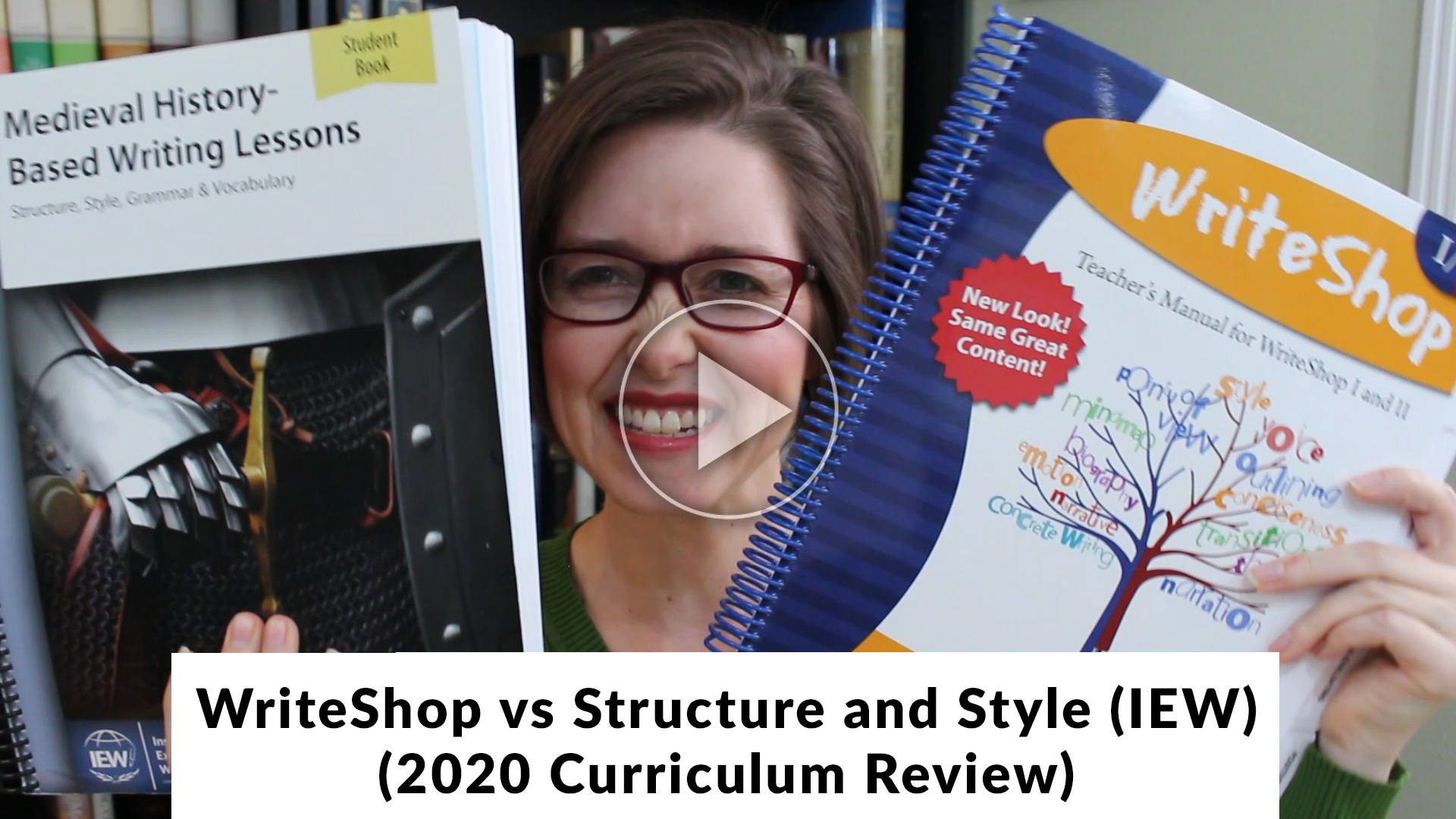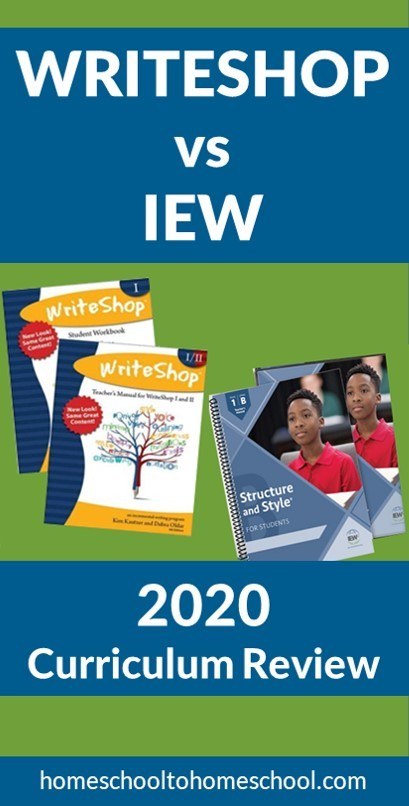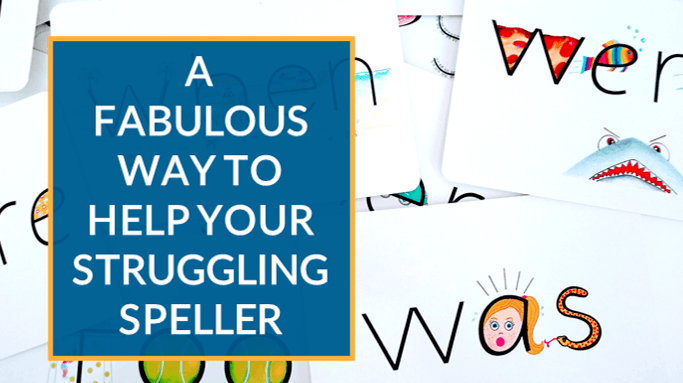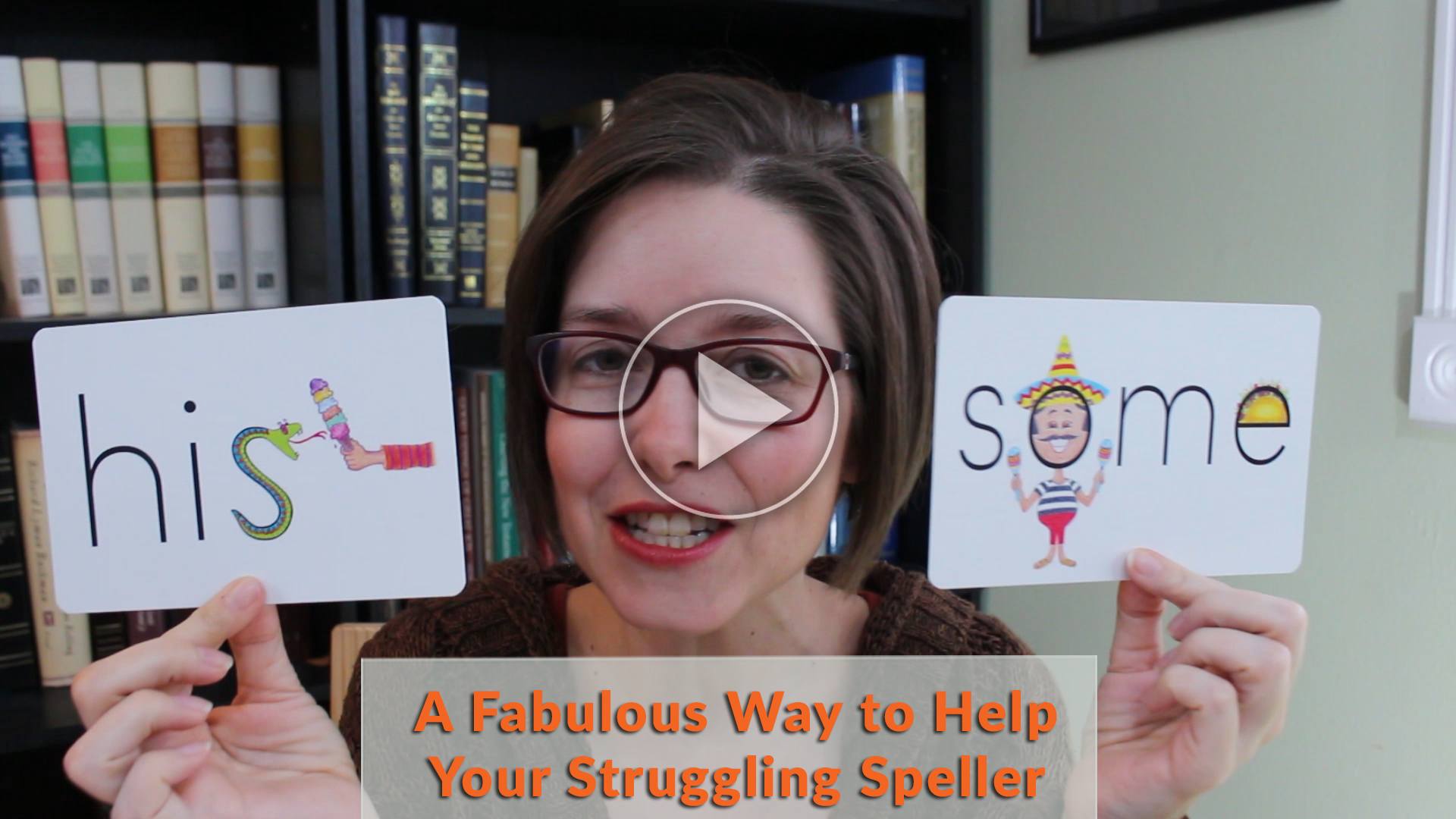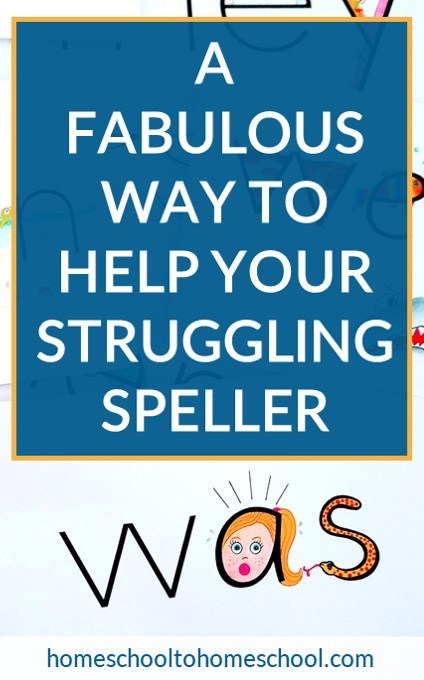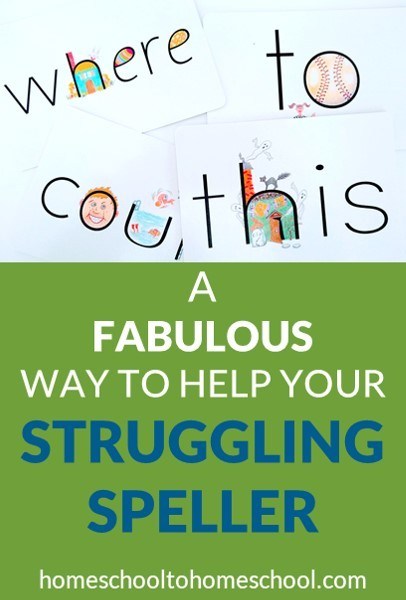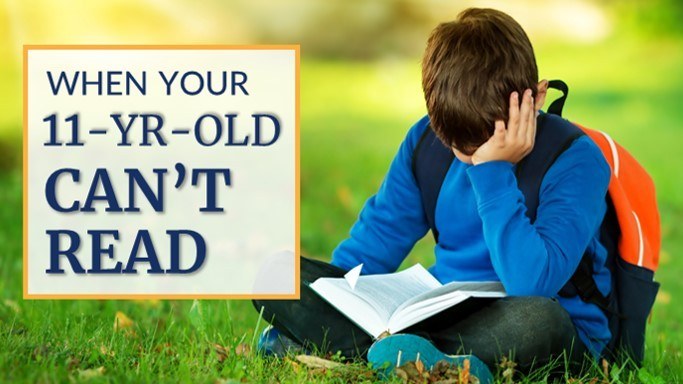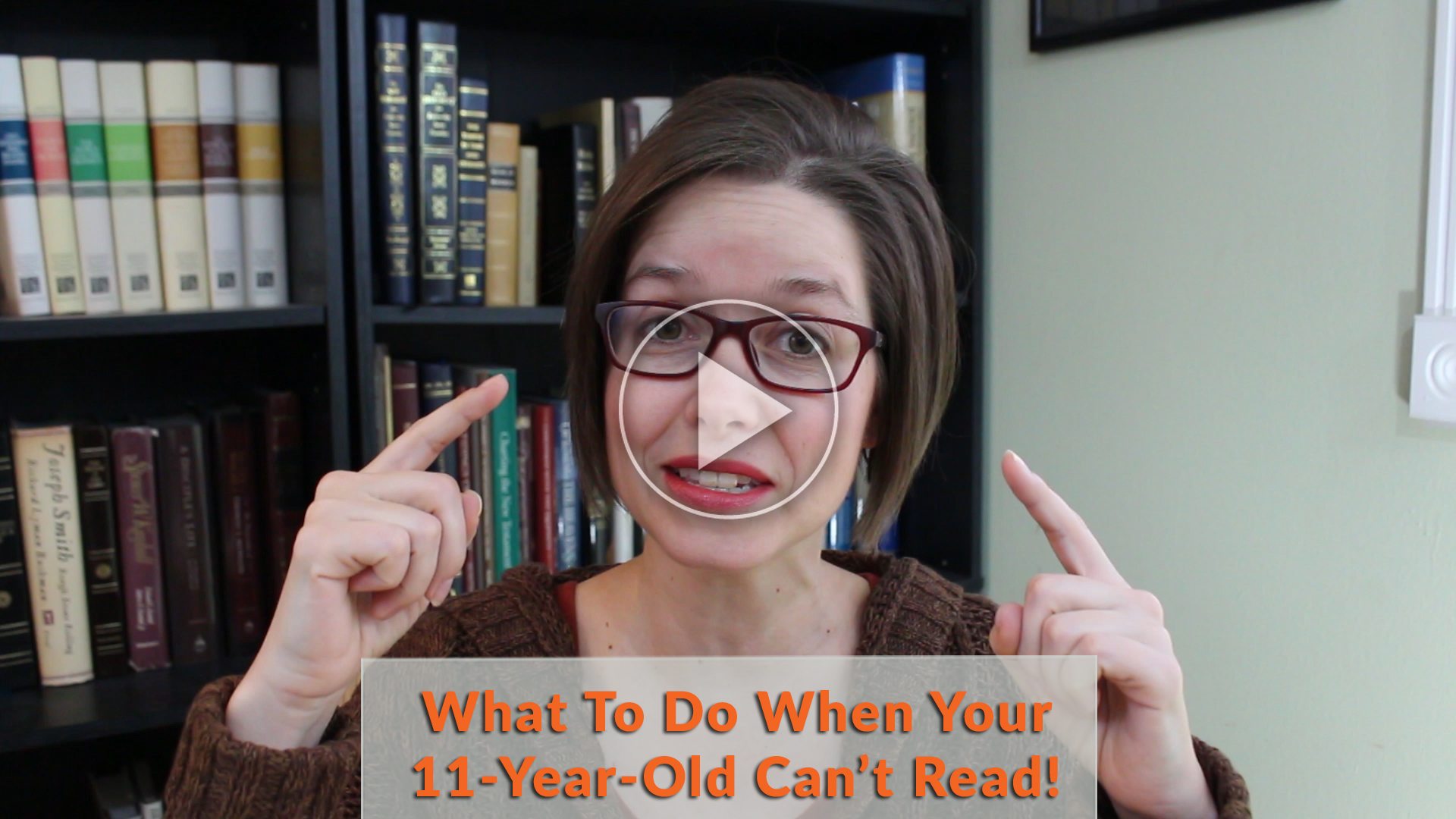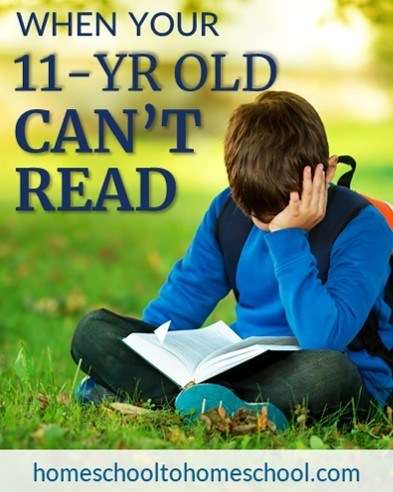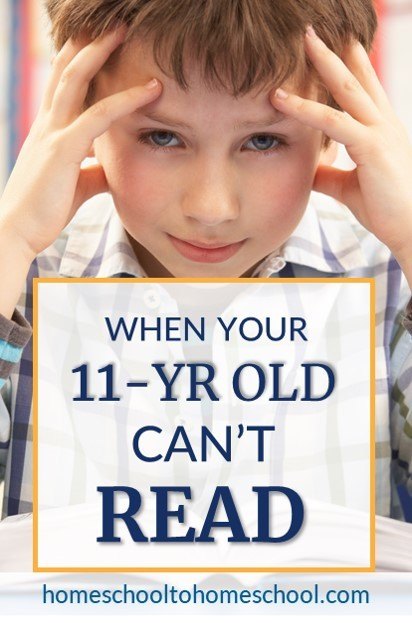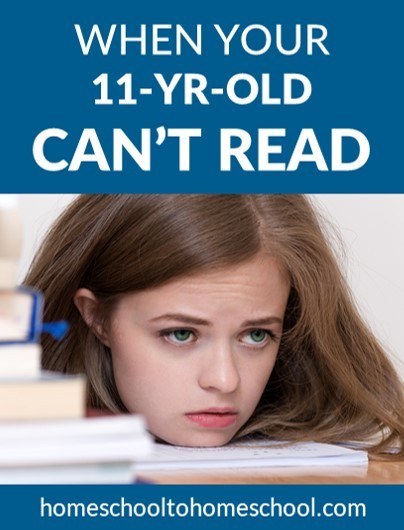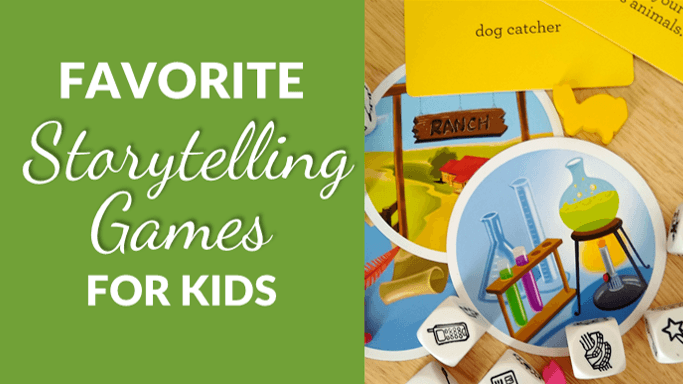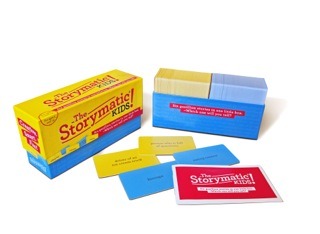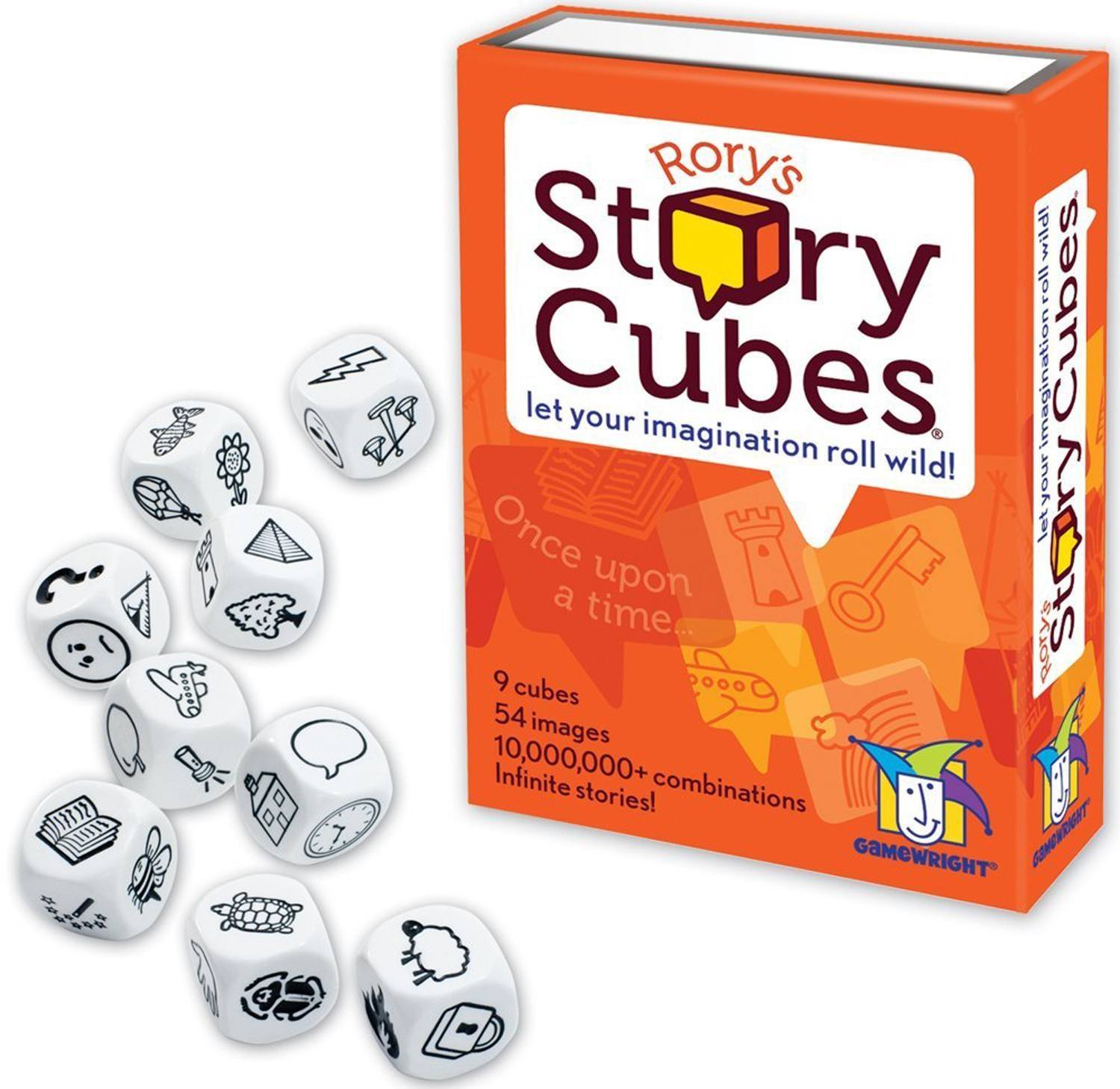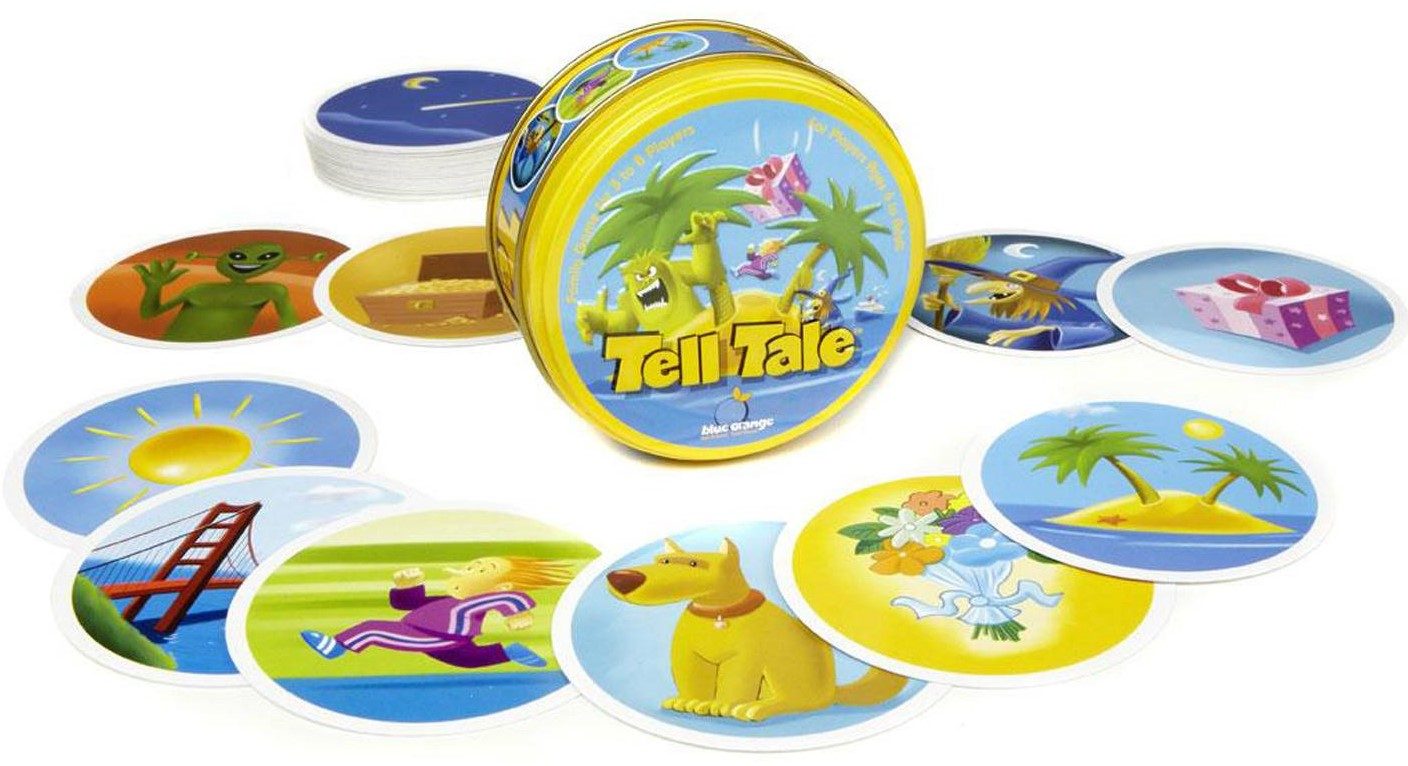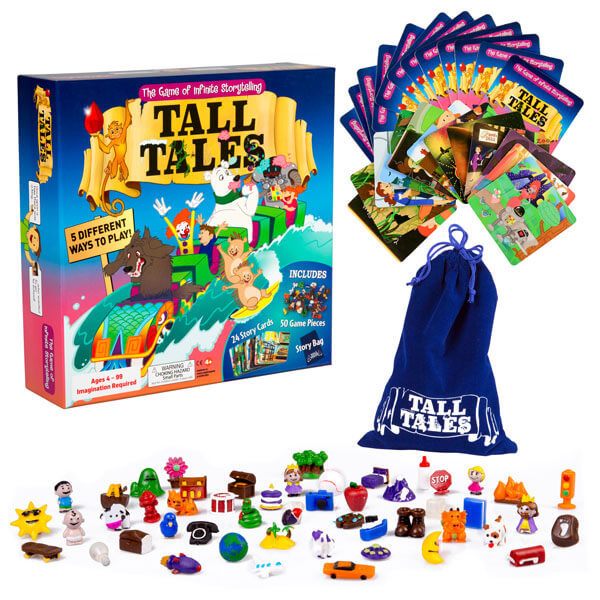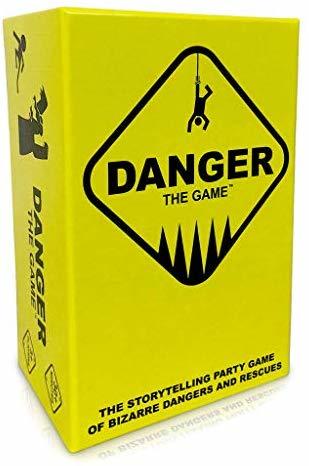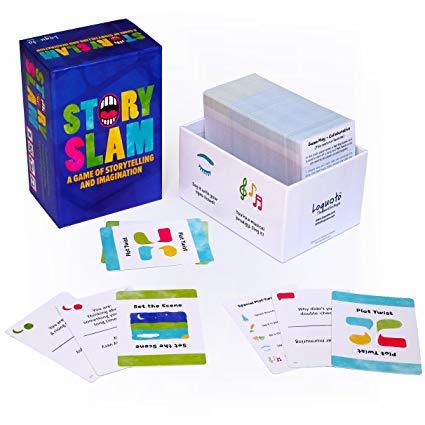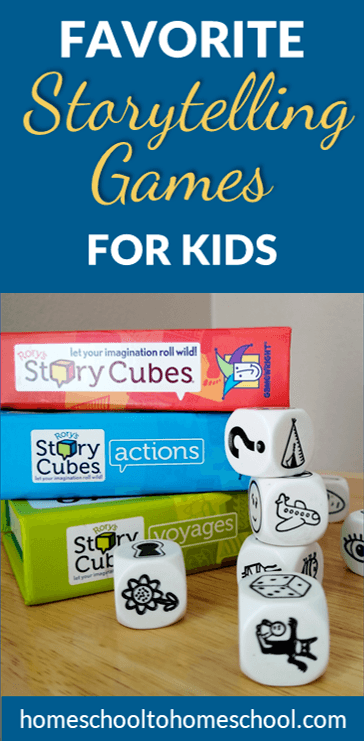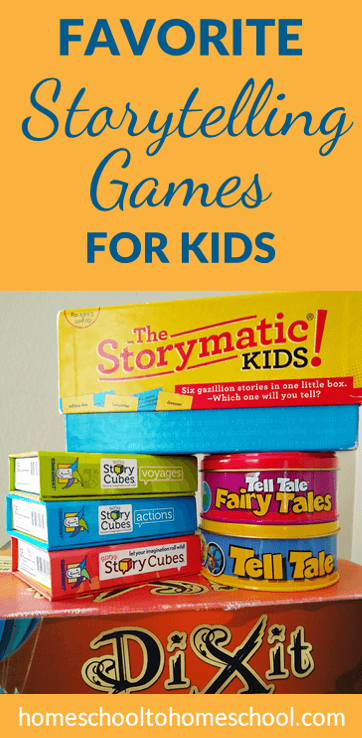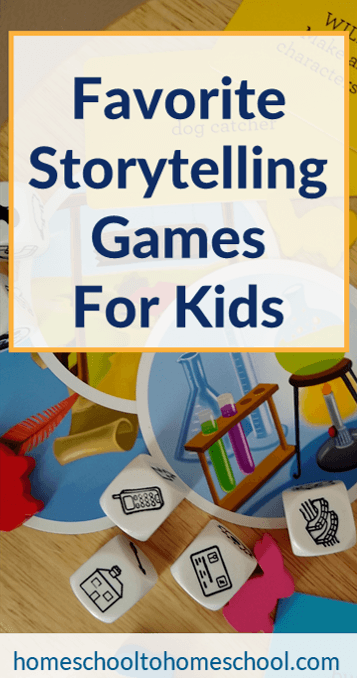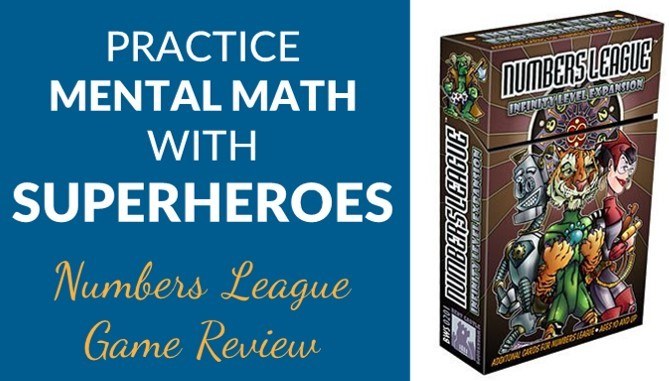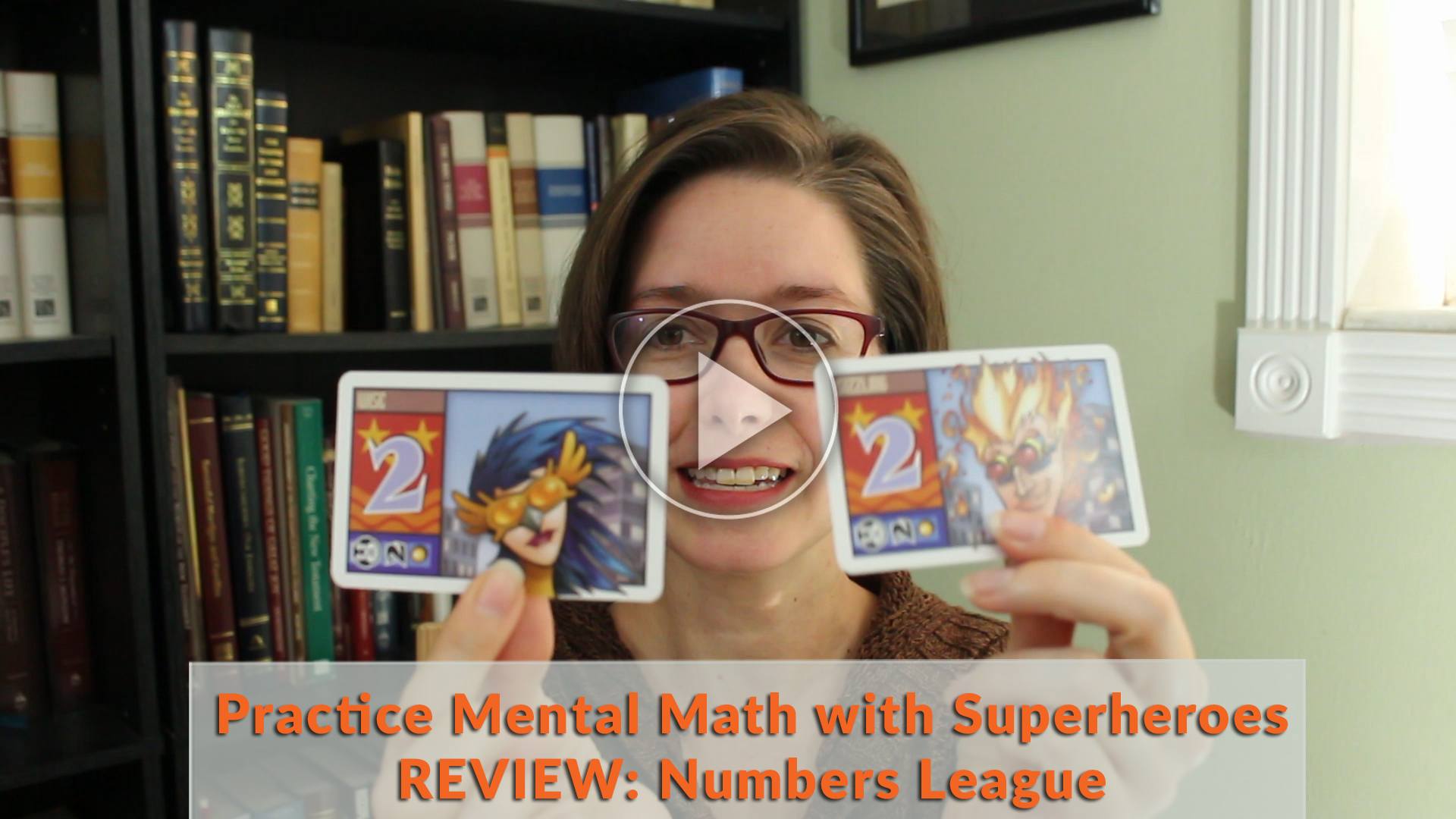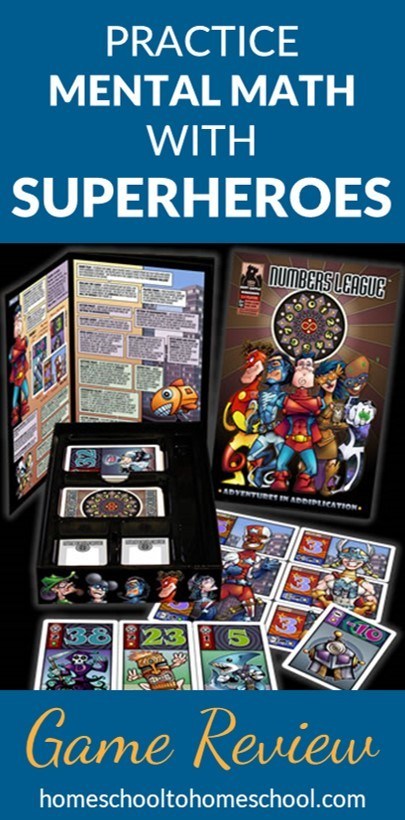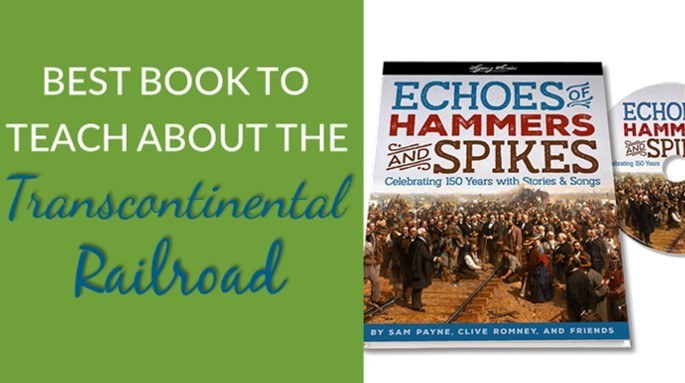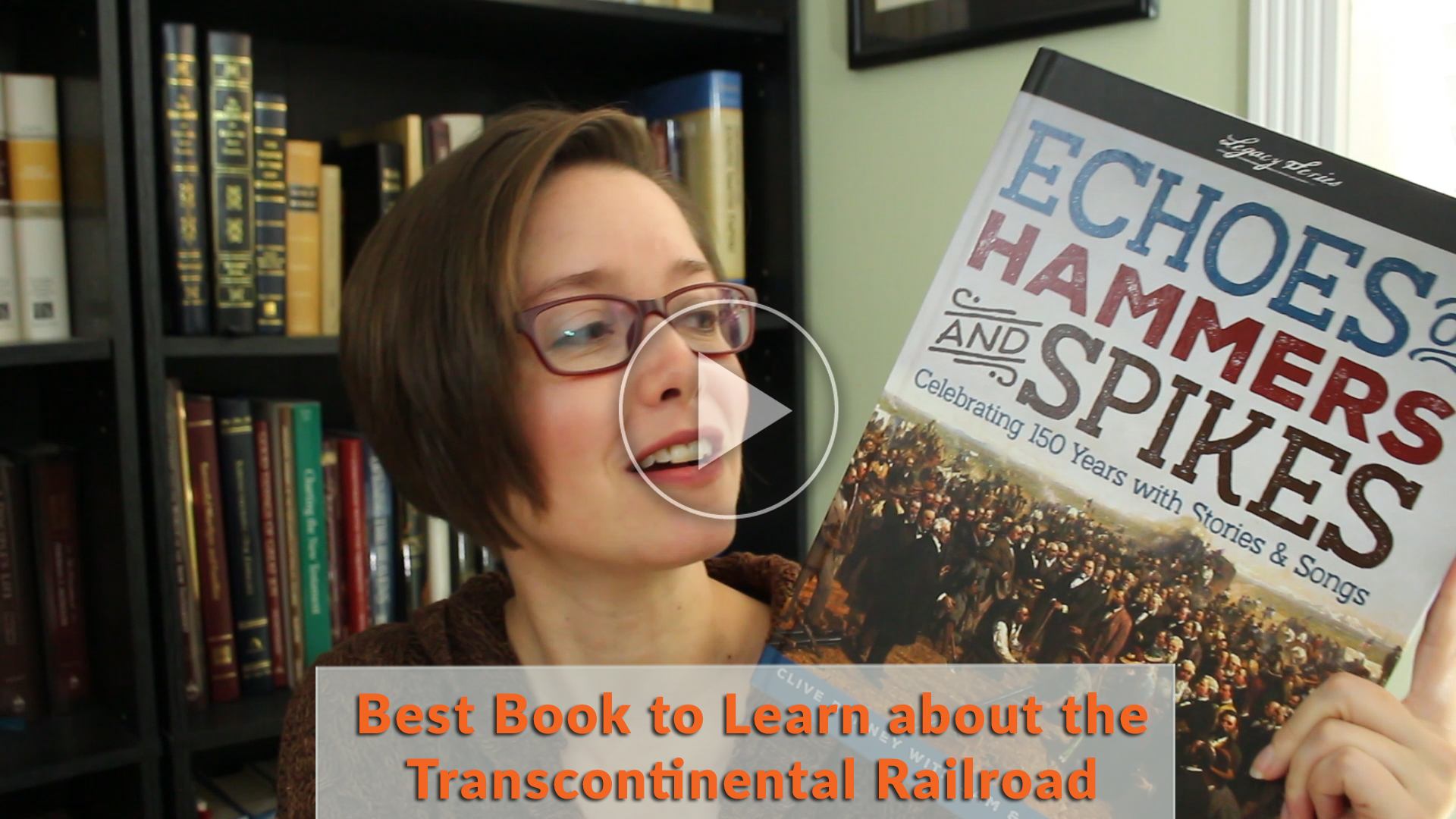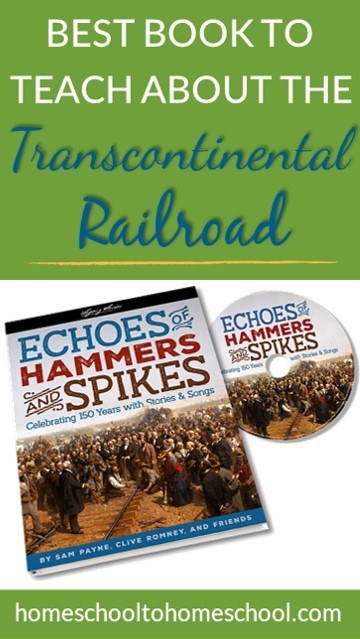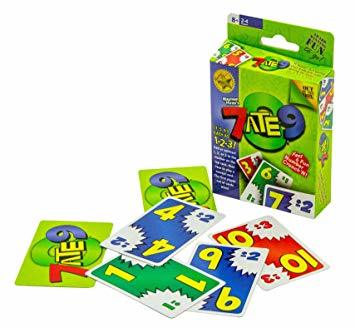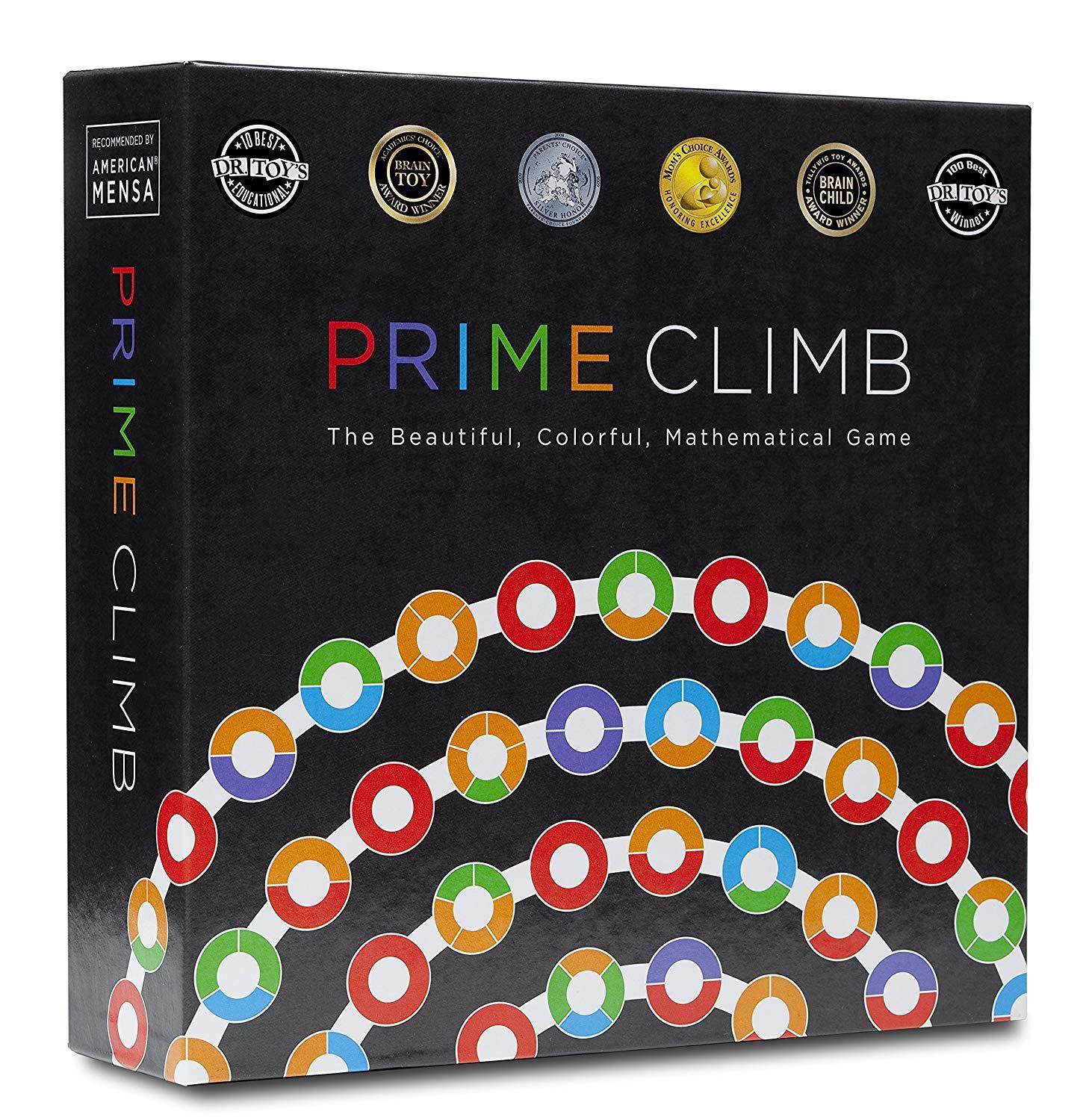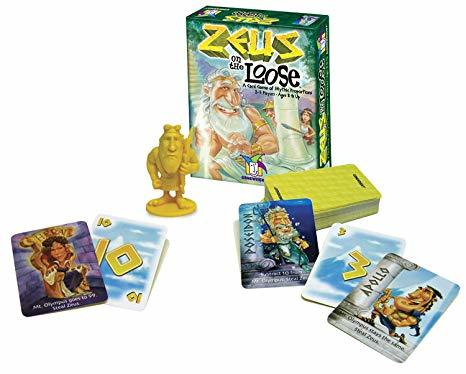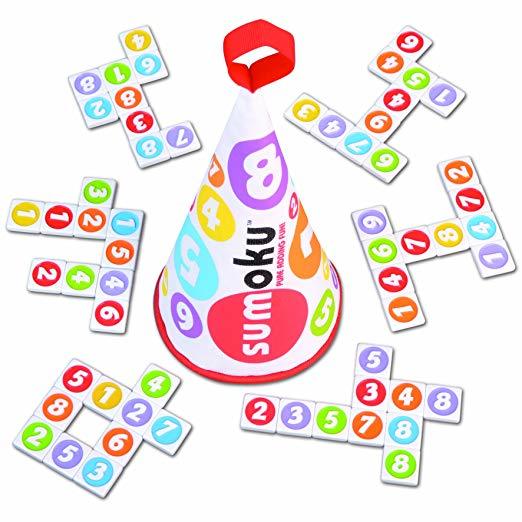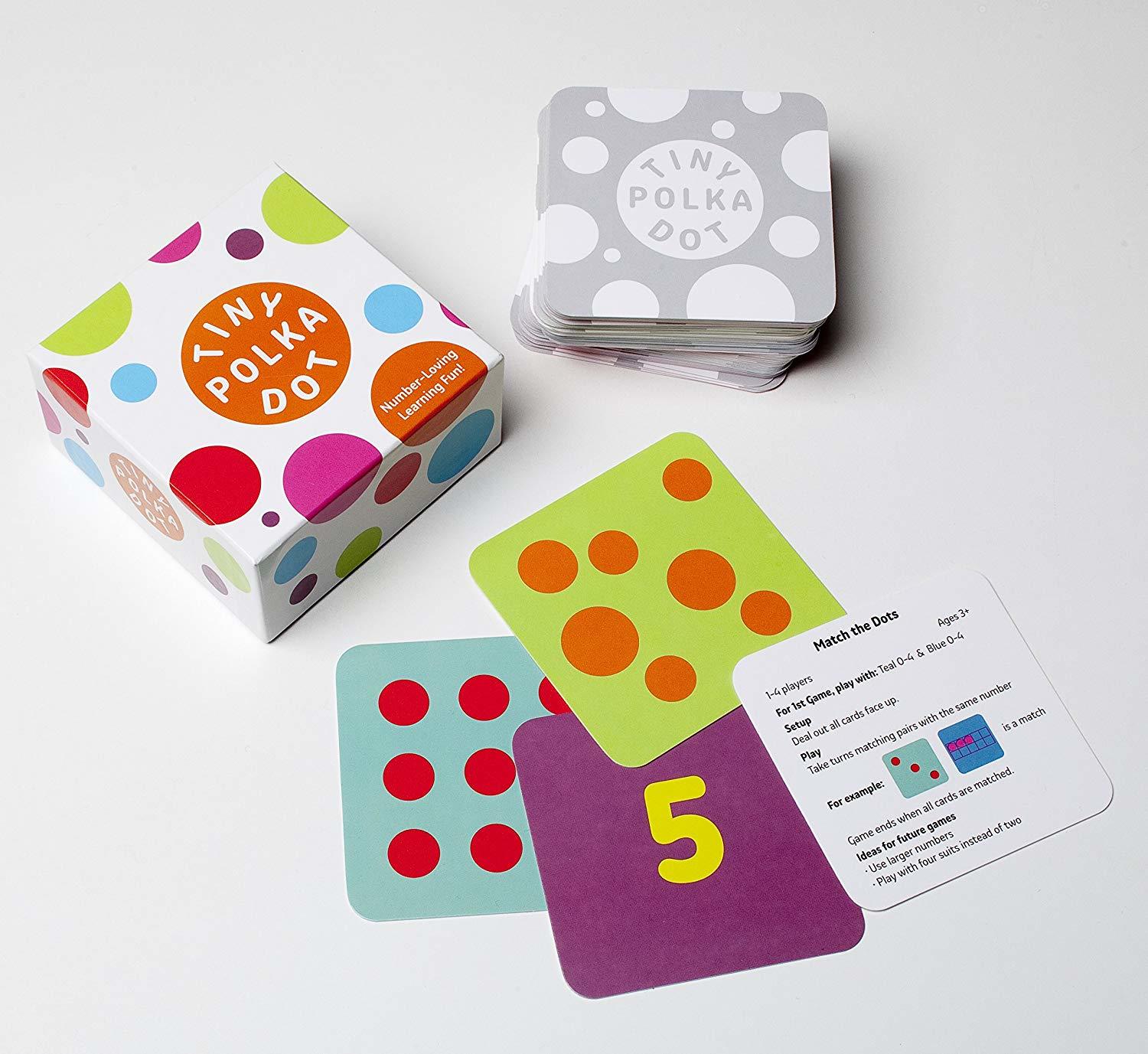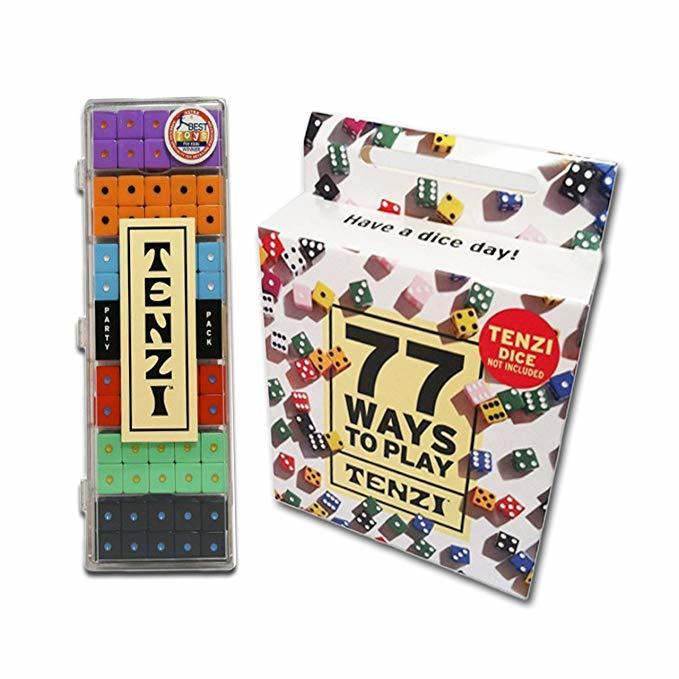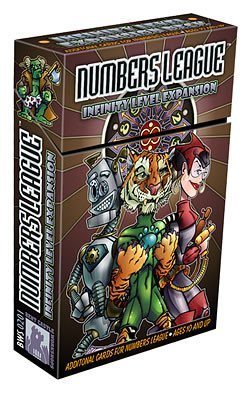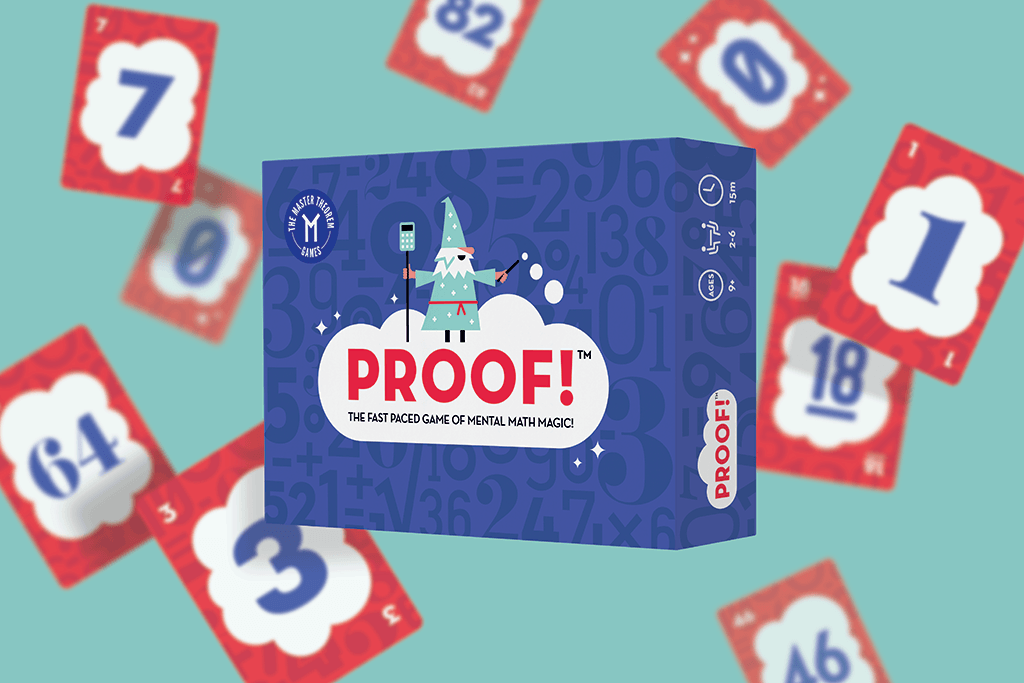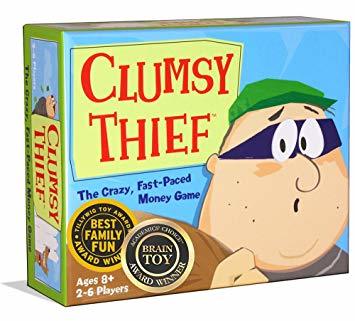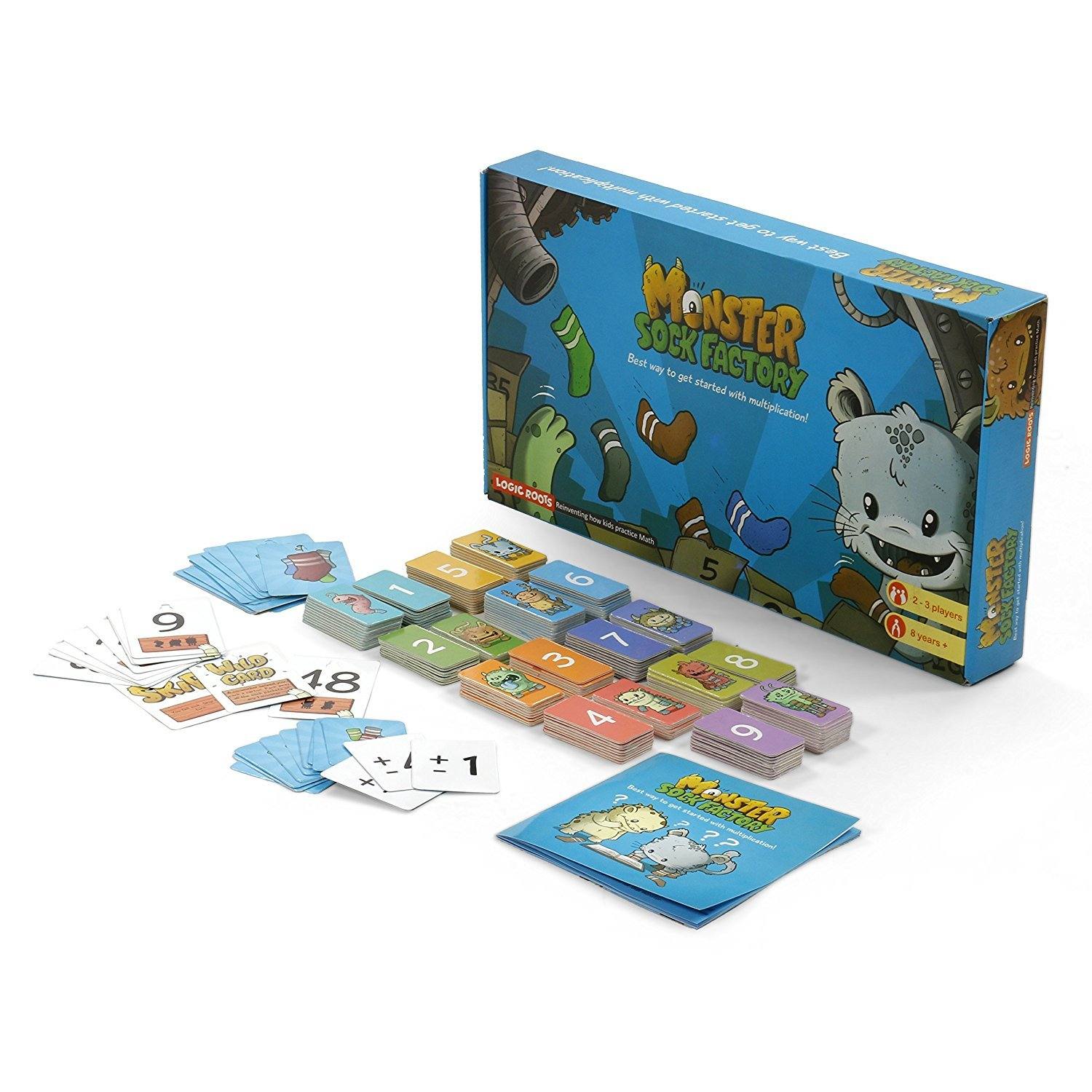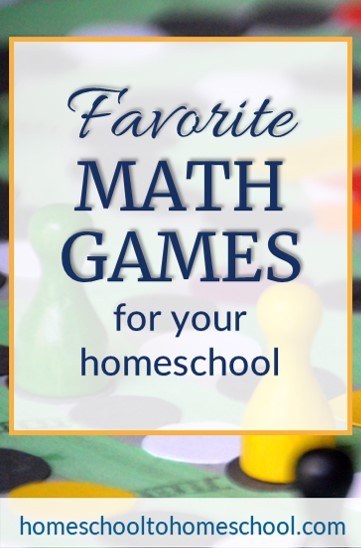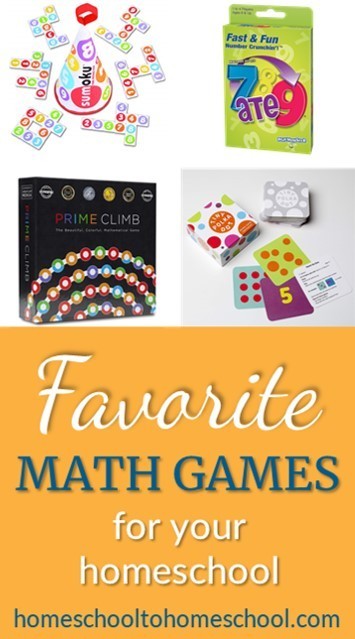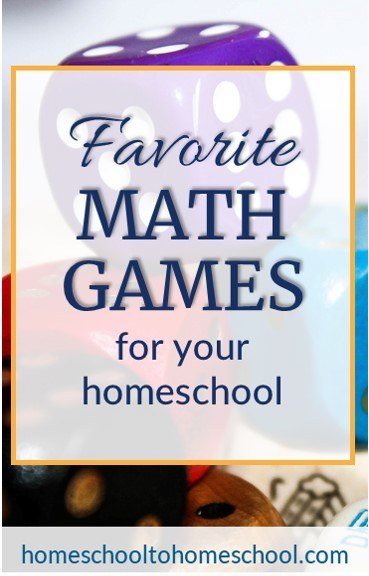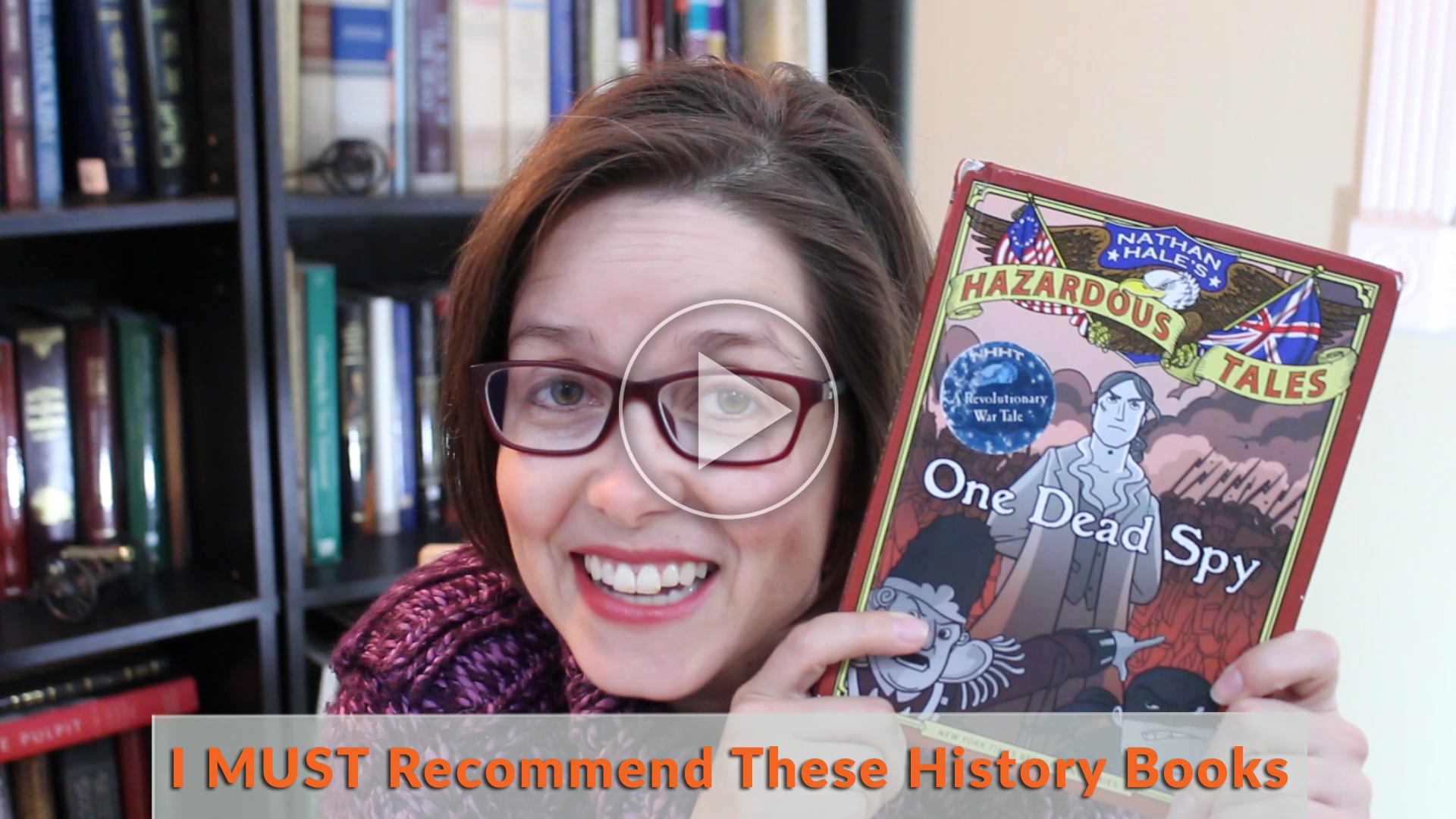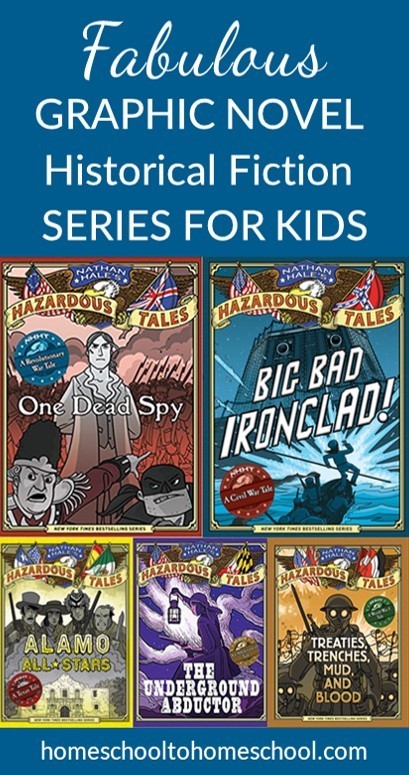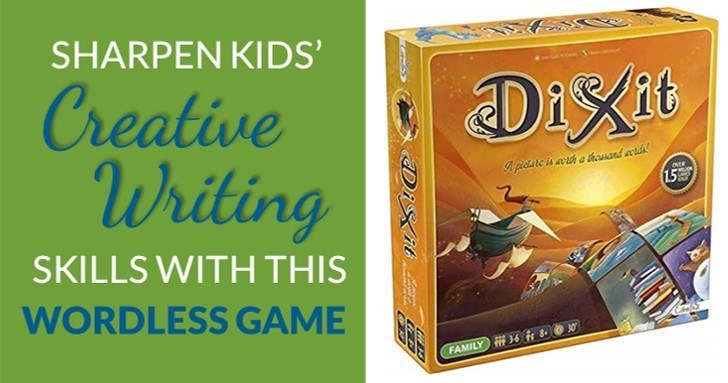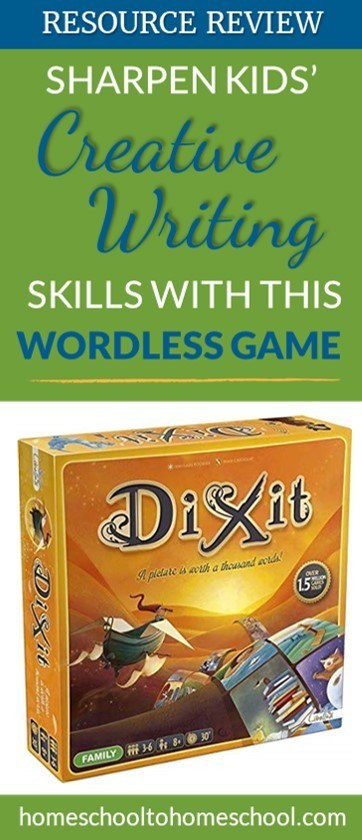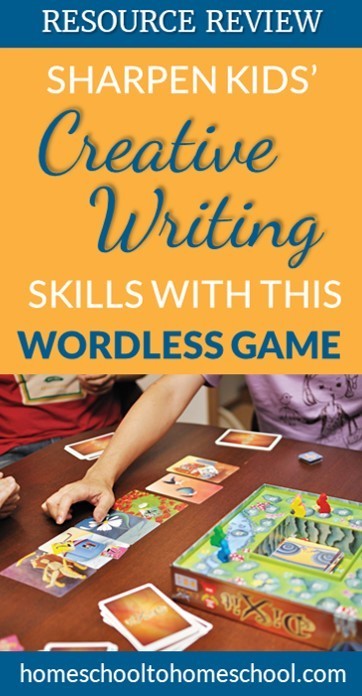(Okay … middle school age can be tricky with everything … but that’s a conversation for a different time!)
A good middle school writing curriculum needs to cover basics like constructing a paragraph and then teach how to write an essay, as well as other non-fiction styles.
Hopefully it will push a student to expand their vocabulary, vary their sentence structure, and learn to express their own thoughts.
And of course, you still want your kid to work on punctuation, grammar and other writing mechanics.
Finally, a writing curriculum will also push them creatively and help them LOVE writing.
So where do you find something that does all of this??
Writing Curriculum
I’ve been looking at writing curriculum since my 4 kids were little. And since 2013, I’ve taught writing and English at our local co-op to the kids who are 12 to 17. So I’ve seen and used A LOT of different curriculum -- some okay and some great.
Today, I’m going to compare two curriculums that I find very compelling -- WriteShop I & II and IEW’s new Structure and Style (available May 2020).
NOTE: Be sure to check out my video where I give you a detailed look into the student and teacher manuals for WriteShop and Structure and Style.
*****Also I need to state the following:*******
- I received the product for free.
- I was compensated for my time.
- All opinions are honest, and I was not required to post a positive review.
Both curriculum are designed for middle-school/early high school (grades 6 through 9). And they both assume that your child knows how to construct a basic sentence (start with a capital letter, end with a period, have a subject and verb, etc.)
Both curriculum require that you have a decent level of writing, although you DO NOT need to be an expert with either. (Both provide teacher support -- but in very different ways.)
Each has a video teaching element that you can use if you don’t want to do the teaching yourself. WriteShop’s is like watching a moving slideshow with narration (the voice is easy to listen to). Structure and Style has filmed Andrew Padua teaching a full class of middle-school students.
And both are fairly mom “intensive” -- which is to be expected of a writing curriculum. (Writing is subjective so there’s no easy way to just send your kids off to do it on their own. Someone must review and respond to the writing for your kids to improve.)
WriteShop focuses on teaching your kid how to write by starting with brainstorming and then gently leading them through all the stages of writing -- rough draft (they call it “sloppy copy”) through a final composition.
Each lesson follows the same basic structure:
- Pre-writing activity (often something hands on - like handling and talking about objects)
- Practice writing activity
- Brainstorming
- “Sloppy Copy” (rough draft)
- Revision 1 (student led with checklist)
- Revision 2 (after you make comments
- Final Copy
Each lesson is designed to take two weeks -- with additional writing skill activities and narration/dictation skills built in as well.
I love that WriteShop I starts with just constructing paragraphs, and let’s the student work on their writing one paragraph at a time until they feel confident. Only then in WriteShop II, do they move on to longer non-fiction compositions -- like essays.
My experience teaching many kids is that once they’ve mastered good paragraph structure, it’s much easier for them to apply that knowledge when they start writing essays.
I also love the quantity and quality of writing skill practice that WriteShop I & II includes. There are three included in each lesson, and each builds on the last. These are a FABULOUS way for kids to practice skills that they can use over and over in their writing.
The brainstorming element of each lesson is also well done. Instead of just saying “brainstorm … here are a few ideas,” there is a detailed brainstorming outline that walks the kid through all the different ways to approach the topic. (These are AMAZING and I’ll be folding them into my co-op classes starting next week.)
The downside of this approach could be that it leaves your kid on their own to know how to write a good paragraph, but WriteShop compensates for this by providing TONS of examples of well-written student paragraphs.
This is great for both the student to see examples AND as a mom (so you know what level of writing is appropriate to expect at this age).
Additionally, the resources in the appendix of the WriteShop appendix blew me away -- TONS of additional writing topics and creative writing ideas. This alone is a fantastic writing resource, and helps provide additional ideas for creative writing beyond the non-fiction writing that is the focus of WriteShop.
There are a few things I don’t love about the curriculum.
The formatting of the pages could be difficult to read -- especially for kids who have dyslexia or other reading issues. I think this is an excellent curriculum to consider for kids who struggle with organizing their ideas, so this is unfortunate. (Be sure to see my video if you want to see the pages for yourself.)
Also, while the amount of help provided to the teacher/mom is extensive, the tone is insistent that you not skip anything and follow the instructions very carefully. While I can see why there are some moms who probably would appreciate that level of hand-holding, I found the way it was written felt restrictive. (I’m a big fan of modifying based on what’s happening in your home and with your kids!)
Structure and Style focuses on teaching how to write by giving the student well-written paragraphs, teaching them to deconstruct the paragraph (using keywords), and then asking them to rewrite the paragraph in their own words using only the keyword outline.
(Note: Structure and Style is the newly revised version of Teaching Writing: Structure and Style, that has been the flagship curriculum for the Institute for Excellence in Writing (IEW) since the 1990s. The bulk of my experience has been with their previous version, so some of this review is based on sample pages. The new version will be available May 2020.)
I like this because your kid sees great writing from the very beginning. However, this format of writing can get tedious at times and doesn’t encourage a student to write from their own ideas.
Each lesson is structured as follows:
- Pre-writing activity (some lessons)
- Read a paragraph (or several paragraphs in later lessons)
- Create a keyword outline
- Retell (speak) the keyword outline in your own words
- Rewrite the paragraph (or combine paragraphs) using the keyword outline
- Review and revise (using provided checklist)
Of course, the parent is involved in reviewing and revising, but it isn’t scripted in the teacher edition.
(IEW has a completely separate program teaching parents how to teach their programs that they consistently reference if you want more help reviewing your child’s work.)
Each lesson is designed to take a week. Additional “fix-it” (for grammar and mechanics practice) and literature activities can be included to flesh out the program, but must be purchased separately. There are some writing skill activities included in each lesson, but not as many or as thorough as in WriteShop.
I love that Structure and Style also starts by having students work with paragraphs and then slowly graduates them to writing essays and other non-fiction. And I’m impressed by the variety of topics that they encourage students to write about.
I also love that there are several creative writing assignments -- and lessons on story structure -- sprinkled throughout the curriculum. These are more open-ended and really let the student flex a different kind of writing muscle. My students and kids enjoy these breaks from the “harder” writing assignments.
I’m a big fan of how Structure and Style does their writing checklists that the student uses in each lesson. They understand that a checklist can feel overwhelming, so they only include a few things at the beginning. The checklist grows as the new concepts are introduced. In essence, the student “grows” with the checklist.
While IEW’s Fix-its are not included in the basic Structure and Style curriculum, they are available and can be aligned with the lesson plans. I LOVE this style of learning grammar and writing mechanics, and I have incorporated these into every class I teach.
Finally, I HAVE to talk about the format of the teacher edition. IEW is slowly reformatting all their curriculum to match more traditional publishers, where the teacher edition is “wrapped around” the student edition. (Be sure to watch my video to see what this looks like.) I’m so excited that Structure and Style will now have this format!
This makes it sooooo easy to see how the teacher edition and student edition relate. No more flipping back and forth, trying to reference between the two. This is HUGE deal for me, and if it’s close between two curriculums, this will often tip the scales for me.
Unfortunately, the student edition formatting isn’t much friendlier than WriteShop’s. And the font they’ve chosen to use is particularly difficult for dyslexics to read.
